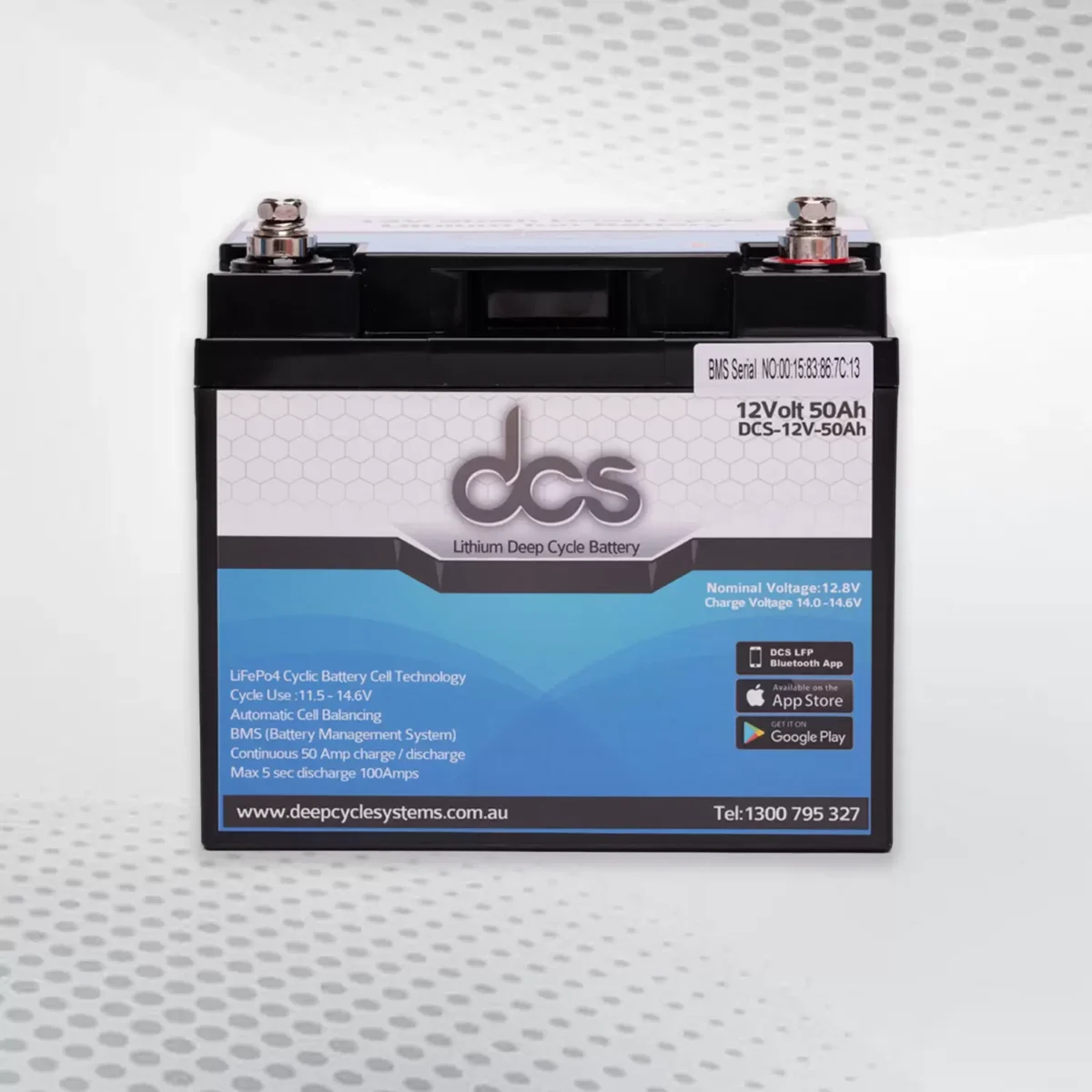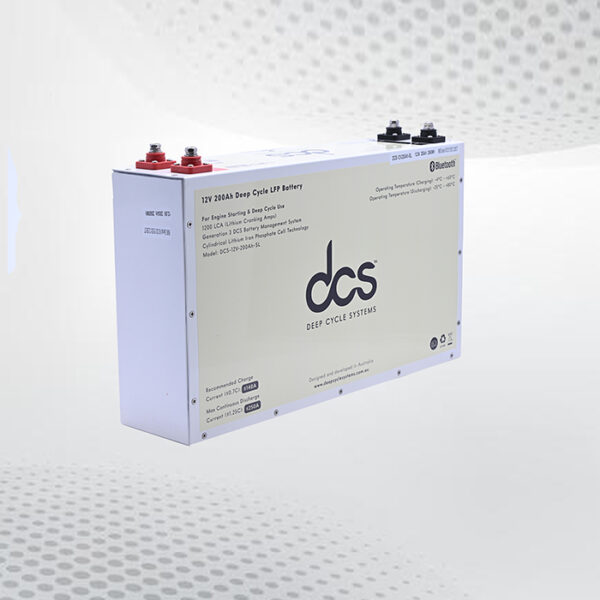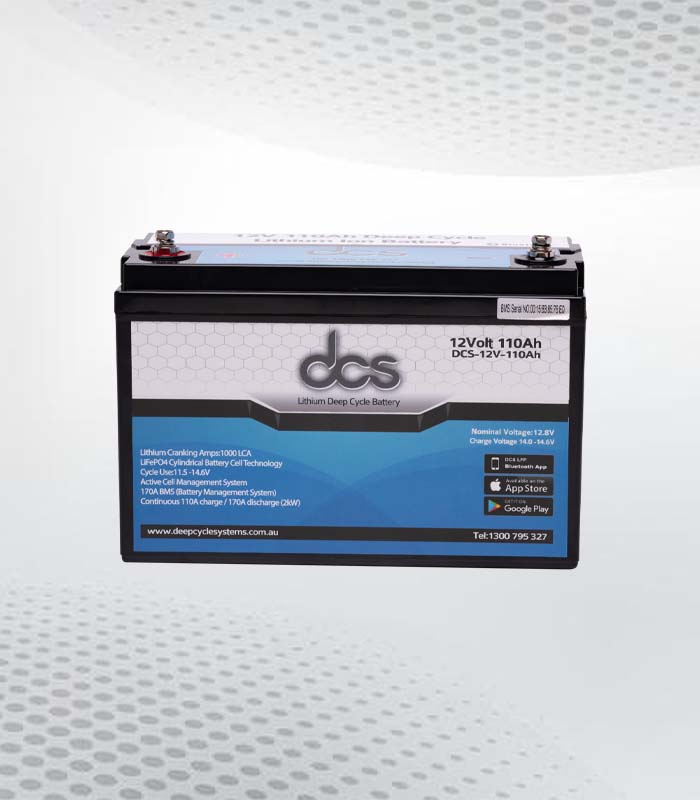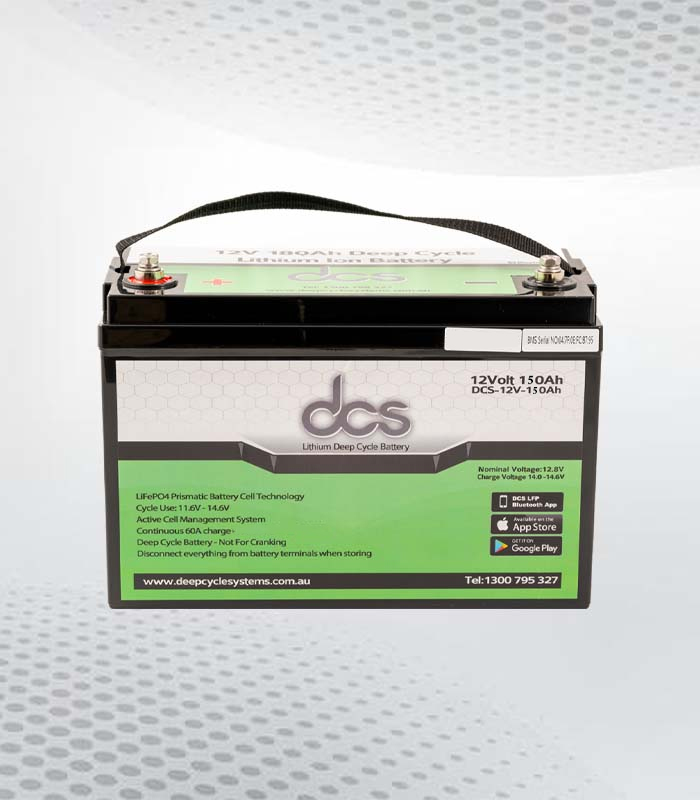The Lithium Battery technology has revolutionised how we power our devices, from smartphones to electric vehicles. This comprehensive guide will delve into Lithium Batteries, exploring their basics, advantages, applications, safety tips, maintenance techniques, innovations, environmental impact, and future trends. Whether you are a tech enthusiast or simply curious about this cutting-edge technology, this guide is designed to provide you with all the information you need to understand and appreciate the power of Lithium Batteries.
Understanding the Basics of Lithium Batteries
Lithium batteries are at the core of many modern electronic devices and electric vehicles. They represent a significant advancement in rechargeable battery technology. These batteries employ lithium, a lightweight metal known for its high electrochemical potential, as the key active material in their electrochemical reactions.
This allows for creating batteries with high energy density, meaning they can store a substantial amount of energy relative to their weight and size. Lithium Batteries are broadly categorised into Lithium-ion (Li-ion) and Lithium Polymer (LiPo) variants. The former utilises a liquid electrolyte solution to facilitate ion movement between the anode and cathode. In contrast, the latter features a solid or gel-like electrolyte, enhancing flexibility and reducing potential leakage risks.
Their construction and the materials used grant them several advantages, including a lower self-discharge rate than other rechargeable batteries and the ability to sustain many charge-discharge cycles without significant degradation of capacity. It underpins their widespread adoption in many applications, spanning portable electronics to large-scale energy storage systems, offering a blend of longevity, reliability, and high performance in energy storage.
The Advantages of Using Lithium Batteries
Lithium batteries offer several advantages over traditional battery types like lead-acid. These advantages make lithium batteries attractive for various applications, from consumer electronics to renewable energy storage and electric vehicles. Here are five key benefits:
High Energy Density
Lithium batteries have a higher energy density, meaning they can store more energy in a lighter and smaller package than lead-acid batteries. This is particularly beneficial for applications where weight and space are critical factors, such as electric vehicles and portable electronics.
Longer Lifespan
Lithium batteries typically have a longer lifespan compared to lead-acid batteries. They can endure more charge-discharge cycles before their capacity significantly degrades, making them more cost-effective over the long term.
Fast Charging
Lithium batteries can be charged much faster than lead-acid batteries. Their high charge acceptance rate allows them to efficiently absorb energy during charging, which is advantageous for applications that require quick recharge times.
Maintenance-Free
Unlike lead-acid batteries, lithium batteries are virtually maintenance-free. They do not require regular maintenance such as watering, equalising charges, or cleaning terminals, which reduces operational hassle and costs.
Environmental Impact
Lithium batteries are generally more environmentally friendly than lead-acid batteries. They have a lower environmental impact during production, use fewer toxic metals like lead, and are more easily recyclable. This reduces the overall carbon footprint and environmental damage associated with battery disposal.
Common Applications of Lithium Batteries
Lithium batteries have found their place at the heart of a broad spectrum of applications, demonstrating their versatility and efficiency across different sectors. Within consumer electronics, these batteries power everything from the ubiquitous smartphones and laptops to digital cameras and wearable technology, thanks to their compact size and robust energy output.
Beyond personal devices, their high energy density and durability make them an indispensable component of electric vehicles (EVs), which help significantly enhance range and reduce vehicle weight. Additionally, lithium batteries are integral to the functioning of renewable energy systems, such as solar panels and wind turbines, where they store excess energy generated for later use, facilitating a more sustainable energy solution.
They also power various medical devices, including pacemakers and portable diagnostic equipment, which underscores their critical role in healthcare innovation. Furthermore, they are employed in power tools and emergency backup systems in the industrial sector, highlighting their reliability and safety in demanding environments. This diversity in application showcases not only the adaptability of lithium batteries but also their potential to drive future technological advancements across various fields.
Safety Tips for Handling Lithium Batteries
Handling lithium batteries requires careful attention to safety due to their high energy density. Following these guidelines can minimise the risks of handling and using lithium batteries. Here are four essential safety tips:
Avoid Physical Damage
Lithium batteries can be sensitive to physical damage, which may lead to short circuits or even fires. Handle them gently and avoid dropping or crushing them.
Use Recommended Chargers
Always use chargers specifically designed for lithium batteries and follow the manufacturer’s instructions. Overcharging or using incompatible chargers can be dangerous.
Storage Conditions
Store lithium batteries in a cool, dry place away from direct sunlight and extreme temperatures. Avoid storing them in hot cars or areas where they may be exposed to moisture.
Monitoring During Charging
When charging lithium batteries, monitor them periodically to ensure they do not overheat. If you notice any unusual heat or swelling, stop charging immediately and allow the battery to cool down in a safe place.
Maintaining Your Lithium-Battery to Maximise Its Lifespan
Observing a few critical maintenance practices is essential to preserve the functional lifespan of your Lithium Batteries. Firstly, avoid allowing your batteries to undergo complete discharges regularly; instead, maintain a charge level between 20% and 80% to minimise stress and extend their usable life.
It is also advisable to store your Lithium Batteries in conditions that are neither too hot nor too cold—ideal storage temperatures range from 5°C to 20°C (41°F to 68°F), as extreme temperatures can degrade battery health over time. To avoid damaging the battery, it’s imperative to use only the charger that came with your device or one the manufacturer approves for use.
For batteries that won’t be used for extended periods, aim to store them at a charge level of approximately 50% to maintain their condition. Implementing these practices will not only maximise the performance of your Lithium Batteries but also contribute to their longevity, ensuring they remain a reliable power source for your devices.
Innovations and Advancements in Lithium-Battery Technology
The landscape of Lithium-Battery technology is on a continuous trajectory of innovation, driven by the quest for more efficient, safe, and environmentally friendly energy storage solutions. Among the most significant advancements is the development of solid-state batteries. These batteries represent a leap forward regarding energy density and safety profiles as they replace the liquid or gel electrolytes found in conventional Lithium Batteries with solid electrolytes. It reduces the risk of leakage and potential fires and allows for a more compact cell design, further enhancing the energy density.
Another promising area of research focuses on improving the materials used in Lithium Batteries. Scientists are experimenting with new cathode and anode materials that could increase the capacity and extend the lifespan of these batteries. Silicon, for example, is being explored as an alternative to graphite in anodes due to its higher capacity for lithium ions.
Moreover, efforts are being made to tackle the sustainability issues associated with battery production. Innovations include recycling programmes that aim to reclaim valuable materials from spent batteries and research into more abundant and less harmful materials.
These advancements underscore the dynamic nature of lithium-battery technology research. Each breakthrough paves the way for the next wave of innovations that promise to redefine energy storage in the future.
The Cost and Environmental Impact of Lithium-Battery Production
Lithium-battery production encompasses economic and environmental dimensions that are essential to consider. The extraction of lithium, pivotal to these batteries, is resource-intensive and often involves processes that can lead to soil degradation, water contamination, and a significant carbon footprint. These environmental concerns are amplified by extracting other raw materials required for battery manufacture, such as cobalt and nickel, which further contribute to ecological strain.
On the economic front, the cost associated with sourcing these materials and the sophisticated manufacturing processes required to assemble Lithium Batteries can render them more expensive than traditional battery technologies. This price factor, particularly evident in large-scale deployments like electric vehicle production or grid storage solutions, can challenge the broader adoption of Lithium Batteries despite their superior performance attributes.
Efforts towards reducing the environmental impact through sustainable mining practices and recycling, alongside advancements in battery technology aimed at using more abundant and less harmful materials, are crucial to mitigating these concerns. However, these initiatives also necessitate significant investment, underscoring the complexity of balancing the economic and environmental aspects of Lithium-Battery production.
Exploring the Limitations of Deep Cycle Battery Technology
Deep-cycle batteries are crucial in situations requiring sustained energy output over extended periods, such as renewable energy installations and off-grid power systems. Despite their broad utility, these batteries face inherent limitations compared with the emerging capabilities of Lithium Batteries.
One significant drawback is their bulk and weight, which stem from the older technologies they employ. This makes them less ideal for applications where space and weight efficiency are critical. Additionally, Deep Cycle Battery typically exhibit a lower energy density, meaning they occupy more space for the same energy storage capacity as their lithium counterparts. This factor is crucial in applications like electric vehicles and portable electronics, where maximising energy storage without increasing size or weight is paramount.
Moreover, deep cycle batteries’ charge and discharge rates are generally slower, limiting their effectiveness in scenarios demanding rapid energy turnover. While extensive, their lifespan often needs to catch up to the cycle life offered by advanced Lithium-Battery technologies, necessitating more frequent replacements over the application’s lifetime. These limitations underscore the evolving needs of modern energy storage applications and the growing preference for more compact, efficient, and longer-lasting energy solutions provided by Lithium Batteries.
Lithium Batteries in Electric Vehicles: Challenges and Solutions
Incorporating Lithium Batteries into electric vehicles (EVs) presents unique challenges alongside their known benefits. One of the primary concerns is addressing range anxiety, the fear that an EV will not have sufficient charge to reach its destination. To combat this, advancements in battery technology are underway to increase energy density and efficiency, thereby extending the travel distance per charge.
Additionally, the issue of battery degradation over time, which affects the vehicle’s performance and overall lifespan, is a focal point of research. Innovative solutions, including improved battery management systems and thermal management techniques, aim to slow the degradation rate and maintain battery health. Another significant hurdle is the development of a robust charging infrastructure that can support fast charging without compromising battery longevity.
Efforts are concentrated on expanding the charging station network and exploring wireless charging options to ease these concerns. These challenges, whilst significant, are being actively addressed through technological innovation and strategic planning, paving the way for a more sustainable and efficient future for electric mobility.
The Future of Lithium Batteries and Emerging Technologies
The horizon for lithium batteries is marked by vibrant research and innovation, with the industry focusing on harnessing new materials, designs, and methodologies to elevate these energy storage systems’ performance, safety, and eco-friendliness. Solid-state batteries are at the forefront of emerging technologies, which promise a significant leap in energy density and safety through solid electrolytes, thereby mitigating leakage and fire risks associated with traditional lithium batteries.
Lithium-sulphur batteries are equally promising and could revolutionise the market due to their higher energy density and lower cost. Endeavours complement these advancements to make battery production more sustainable, including developing novel recycling methods to recover and reuse valuable materials, thus reducing the environmental footprint.
Efforts are also being made to discover and utilise more abundant, less environmentally damaging materials in battery construction. Furthermore, the integration of artificial intelligence in battery management systems is on the rise, with the aim of optimising performance and extending lifespan. As these technologies mature, they are set to redefine the landscape of energy storage. Making lithium batteries even more integral to our future energy solutions.
Conclusion
In wrapping up, this guide has navigated through the intricate landscape of lithium battery technology, shedding light on its fundamentals, benefits, and vast applications. From enhancing the mobility of electric vehicles to powering the latest consumer electronics. The lithium batteries have emerged as pivotal in steering technological innovation and sustainability. As we continue to explore and innovate, the potential of lithium batteries remains boundless, marking a bright and exciting future for energy storage technologies.
FAQs
Q: Can lithium batteries be recharged?
A: Yes, lithium batteries, particularly lithium-ion and lithium polymer variants, are designed to be recharged. They can withstand hundreds to thousands of charge-discharge cycles, making them ideal for use in devices that require frequent recharging.
Q: Is Lithium Battery safe to use?
A: Lithium batteries are generally safe for use in various applications when handled and maintained correctly. However, they must be used, stored, and charged according to manufacturer guidelines to minimise risks such as overheating or damage, which could lead to safety hazards.
Q: How can I dispose of lithium batteries?
A: Lithium batteries should not be disposed of in regular waste. They must be taken to specific recycling points that accept electronic waste or returned to the retailer or manufacturer as part of their recycling programme to ensure they are processed safely and responsibly.
Q: What makes lithium batteries better than traditional batteries?
A: Lithium batteries offer higher energy density, meaning they can store more energy in a smaller size, have a lower self-discharge rate, and handle more charge-discharge cycles. This makes them more efficient and longer-lasting than many traditional battery technologies.
Q: How long do lithium batteries last?
A: The lifespan of a lithium-battery depends on its type and usage, but it typically lasts between 2 to 3 years or 300 to 500 charge cycles, whichever comes first, under normal usage conditions. Proper maintenance can extend its usable life further.




